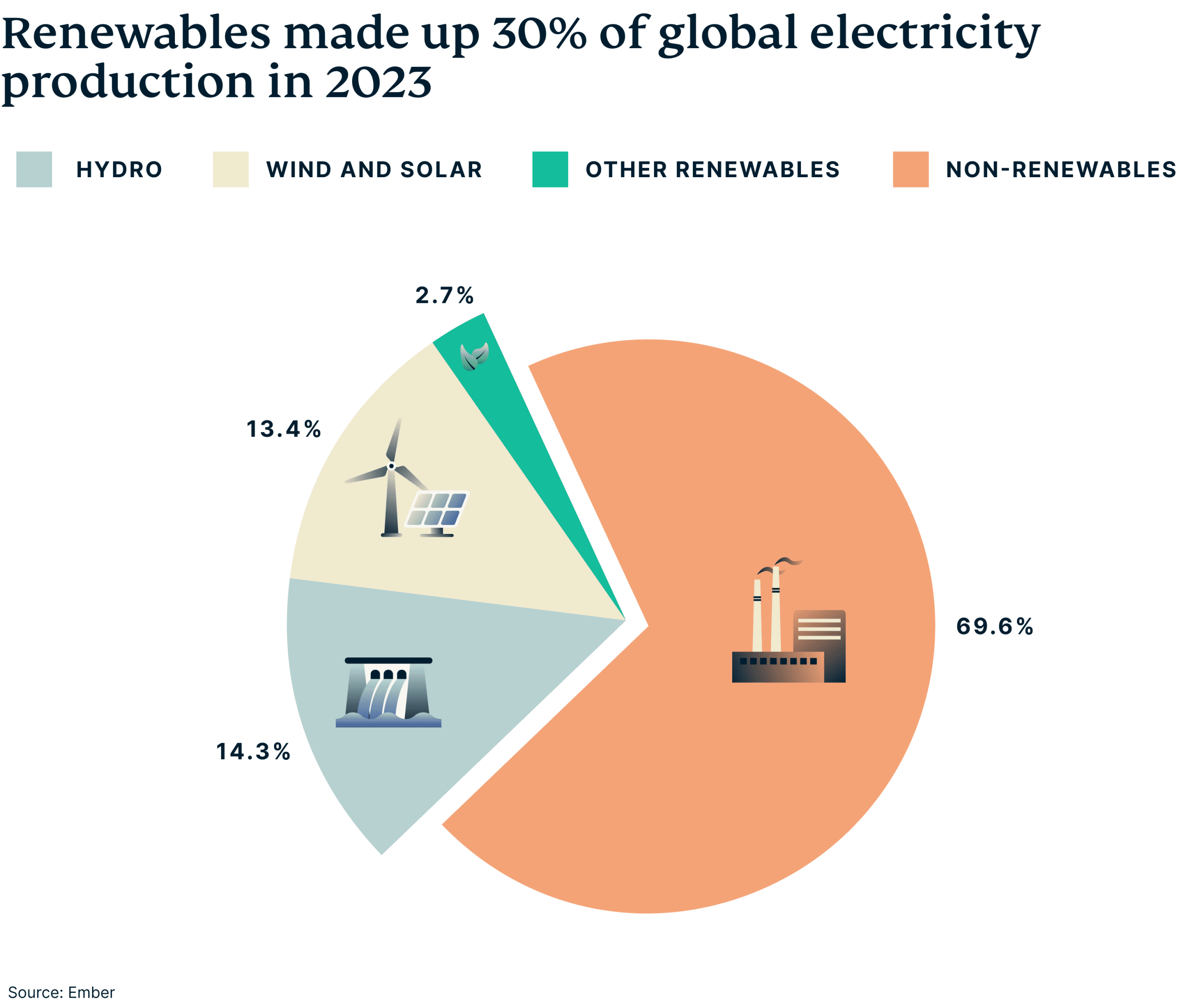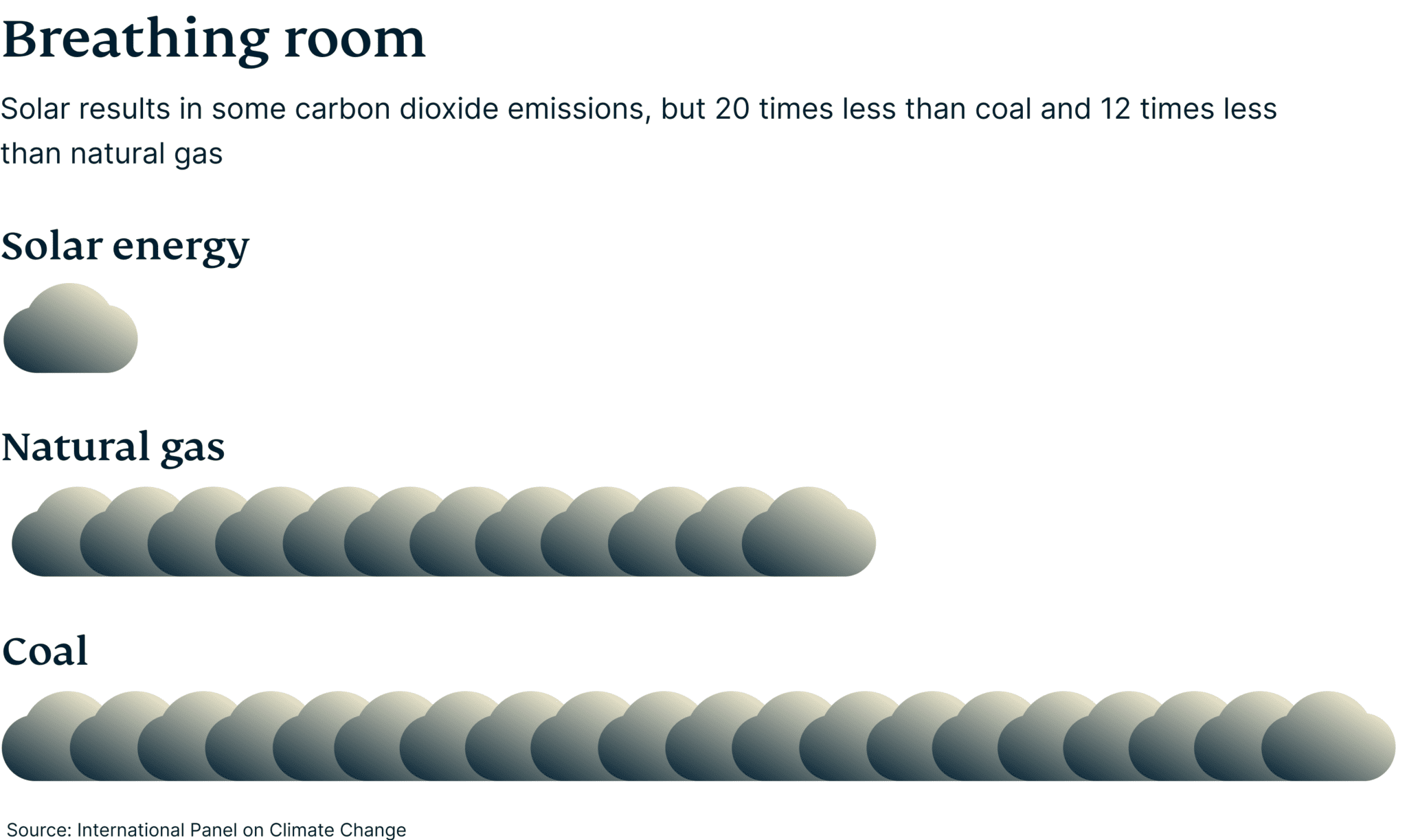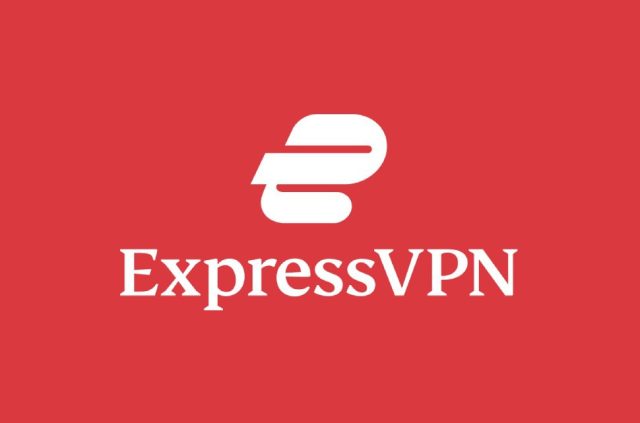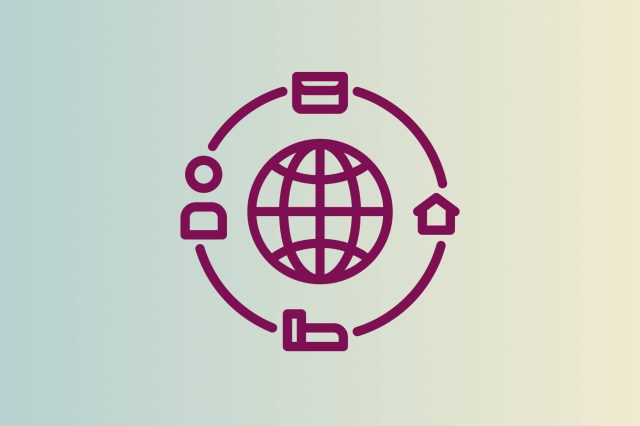Solar is the future. Are PV systems cyber secure?

Industry experts predict that by 2025, renewable energy will surpass coal—and much of that growth will come from solar energy.
While some of the advantages of solar energy are obvious, we also have to ask: What are the drawbacks of ever more popular photovoltaic systems, and what do we have to bear in mind before choosing a PV system for our home or business?
Below, we’ll examine the most recent trends and changes in the solar industry, explain potential issues, including from the often-overlooked cybersecurity standpoint, and give a few useful tips on how to protect yourself online, such as using a VPN and keeping your software up to date.
Solar energy is leading the renewable energy shift
In 2023, the world added 50% more renewable energy systems around the world, and solar energy accounted for three-quarters of that increase. The absolute leader in solar energy production is China, which installed more photovoltaic power plants in 2023 than the entire world had managed to do the year prior, increasing their solar energy production by 66% in a year.
Solar energy is being praised by both users and environmentalists as a cleaner and more sustainable alternative to fossil fuel energy. If the predictions are to be believed, the world is on track to ditch fossil fuels by 2050. 
What are the pros and cons of solar energy?
Pros
Renewability. To state the obvious, energy from the sun is unlimited. According to the International Renewable Energy Agency (IRENA), the Earth continuously receives 10,000 more energy from the sun than the entire world currently uses. Moreover, solar energy doesn’t drain any natural resources, offering long-term energy security.
Low maintenance costs. Once installed, PV panels require little maintenance. The parts are relatively durable, with solar panels lasting 20 to 30 years, and inverters lasting 5-10 years. The main maintenance task is cleaning the panels a few times per year, depending on the environmental conditions. Based on reports from 2019, maintenance costs for PV systems range from 13 USD to 25 USD per kW installed per year.
Energy independence and reducing electricity bills. Recent socio-economic changes and post-pandemic economic recovery resulted in increased electricity prices worldwide. To combat that and become less dependent on imported fossil fuels, some governments have started investing more in solar energy and encouraged private users and companies to apply for government-supported energy funds. Some countries already have a well-developed solar infrastructure that allows them to decrease their vulnerability to energy market fluctuations.
Positive effects on the environment. Generating energy through solar creates no harmful emissions, although producing the solar panels does require energy that results in pollution—but that’s still significantly less carbon emissions released from the use of coal and natural gas over the lifecycle of the respective systems. The solar industry estimates that electricity generated by PV solar panels produces 20 times less CO2 than that produced by coal and 12 times less than electricity generated by natural gas.
Cons
Not completely weather-proof. Solar panels can be damaged by extreme weather like snow, hail, and strong winds. Frequent and expensive repairs and replacements would drive up costs, reduce efficiency, and potentially affect electricity production.

Reliance on the power grid. Power grids are essential infrastructure in every community. However, older power grids were not designed to support solar networks, and without upgrading the infrastructure, energy captured by solar panels has nowhere to go.
Reliance on sunlight conditions. Solar energy production relies on sunlight, meaning energy production can drastically increase during peak hours and then drop during the night. These fluctuations can seriously affect grid stability and even cause power outages.
High initial expenses and a long payback period. The upfront costs of a solar PV power system can be high. Although prices have decreased in the past few years, they are still one of the most frequent obstacles for both private owners and businesses. Moreover, the payback period, or the time required for the PV power plant to equal the initial investment, can be pretty long. It depends on various factors, such as the size of the system and weather conditions, and it can range from 7 to 20 years.

Solar energy and cybersecurity
In 2021, a cyberattack on the Colonial Pipeline oil pipeline system demonstrated the devastating consequences of a hack on energy infrastructure. When criminal group DarkSide conducted a targeted ransomware attack on Colonial Pipeline, fuel distribution on the U.S. east coast was affected and leading to shortages and price spikes. To resolve the issue as fast as possible, Colonial Pipeline ended up paying the hackers around 4.4 million USD in Bitcoin, but the FBI later managed to recover a portion of that money back.
In fact, the energy sector as a whole is increasingly targeted by cyberattacks around the world.
What about solar energy systems? Could they be hacked?
The answer is yes. Solar energy systems use internet-connected devices and components, making cyberattacks possible.
Some of those devices are inverters that are responsible for converting direct current (DC) into alternating current (AC) electricity and ensuring the converted electricity voltage matches the one in the grid. Due to their internet connectivity, modern-day inverters have additional capabilities that allow for real-time monitoring, control, and data collection.
However, internet connectivity also means inverters are susceptible to security breaches. Hackers can exploit an inverter’s outdated and unprotected software, intercept the data logged onto the inverter, or, in rare cases, plant malicious code that could spread the malware through the entire power grid.

The Dutch Authority for Digital Infrastructure (RDI) tested nine different inverters from eight manufacturers and concluded that none of them met the agency’s cybersecurity standards, while five of them were susceptible to create serious disturbances to the grid.
Aside from inverters, hackers often target SCADA (Supervisory and Data Acquisition) systems. SCADA systems are not unique to PV power plants; they can be found in various industries and are used for real-time control and monitoring of industrial processes. In PV solar systems, SCADA systems manage and monitor the electrical grid and distribution system. They can be prone to security vulnerabilities if they have outdated software, weak authentication protocols, and unencrypted communications.
Another type of cyberattack is denial-of-service attacks (DoS), where a system is disabled by overwhelming it with requests. This happened in 2019 to a major Utah-based renewable energy company, sPower, which reported a denial-of-service attack that caused repeated rebooting. The attack, which disrupted systems but did not have an impact on customers, was apparently exploiting a known vulnerability in a Cisco firewall.
How to strengthen solar panel systems against cyberattacks
Securing solar PV systems is crucial as they become a bigger part of our energy landscape. The cybersecurity strategy for these systems needs to fit the specific size and purpose of the power plant. Smaller installations might get by with simpler protections, while larger plants need more comprehensive and tailored security measures.
Responsibility for cybersecurity lies with everyone involved: system owners, operators, and maintenance teams must work together to protect against threats. Manufacturers also play a key role in ensuring their inverters and SCADA systems are secure from the start.
Here’s what businesses, personal users, and governments can do to protect PV solar plants:
- Implement strong network security measures: Make sure that all networked devices, including inverters and monitoring systems, are protected by strong passwords, MFA, and encryption. Regularly update firmware and software to patch any vulnerabilities. Network segmentation can also help by isolating PV systems from other critical networks.
- VPNs for employees: A VPN can encrypt employees’ online activity, making it more difficult for snoops and hackers to steal information like passwords or intercept communications.
- Organize regular security audits and training: If you’re a company owner, regularly audit your PV system’s security protocols to identify and address potential vulnerabilities. Additionally, educating employees and users about best cybersecurity practices, such as recognizing phishing attempts and using secure passwords, can significantly reduce the risk.
Take the first step to protect yourself online. Try ExpressVPN risk-free.
Get ExpressVPN










